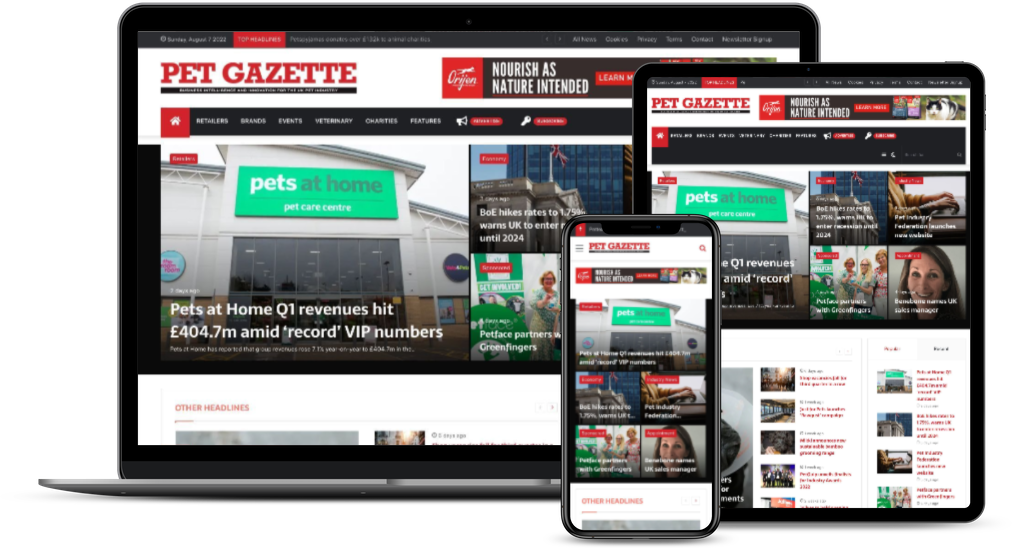Animal welfare technology in the pet industry
The surge in first-time pet owners has widened the room for innovation. With animal welfare a critical matter in the sector, fitness technology is perhaps now more important than ever.

“Demand for pets has soared. Enquiries increased by more than 253% during lockdown and over 20,000 people contacted pet charity Wood Green about getting a new pet – more than half of which were for dogs,” says Linda Cantle, director of pet and owner support services at Wood Green.







